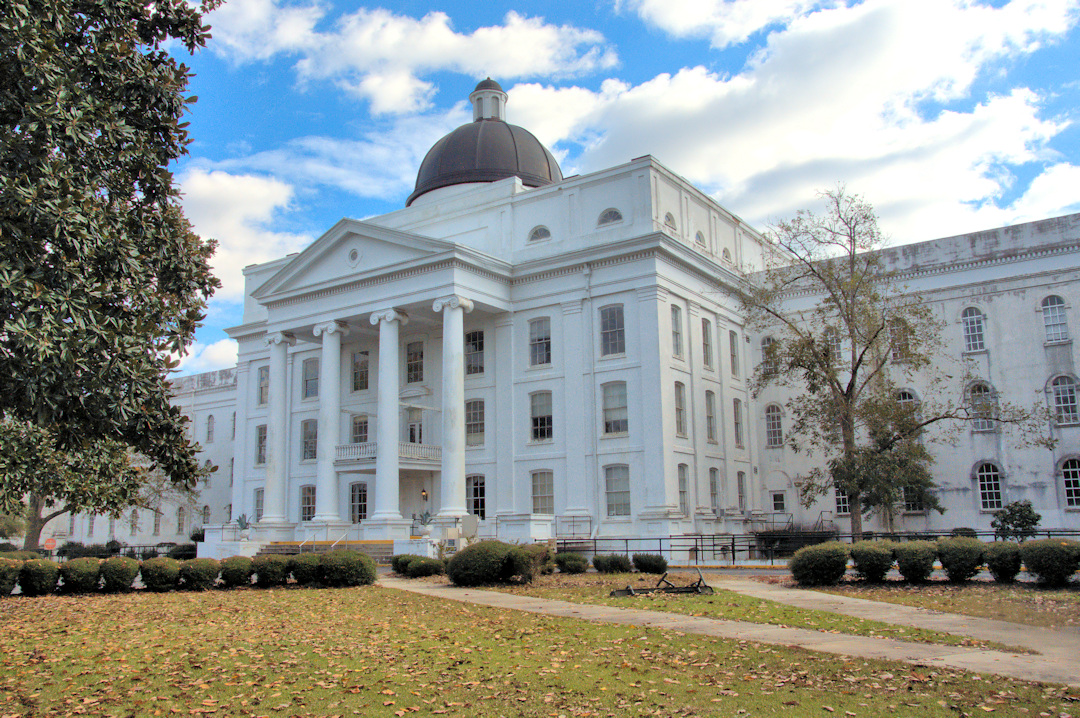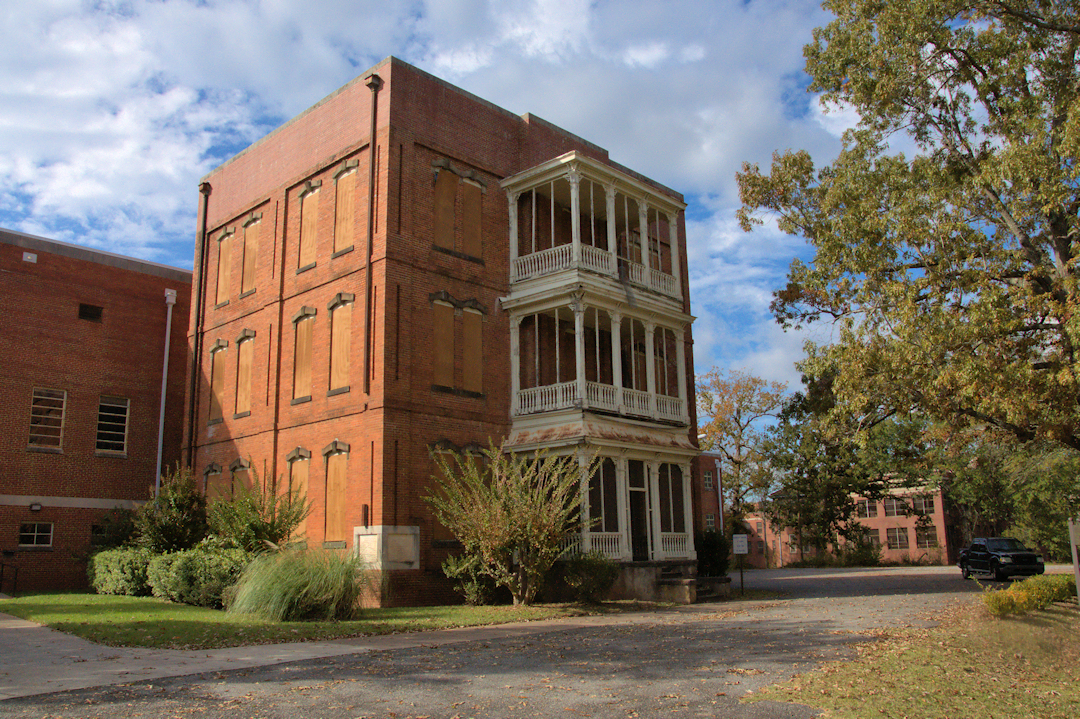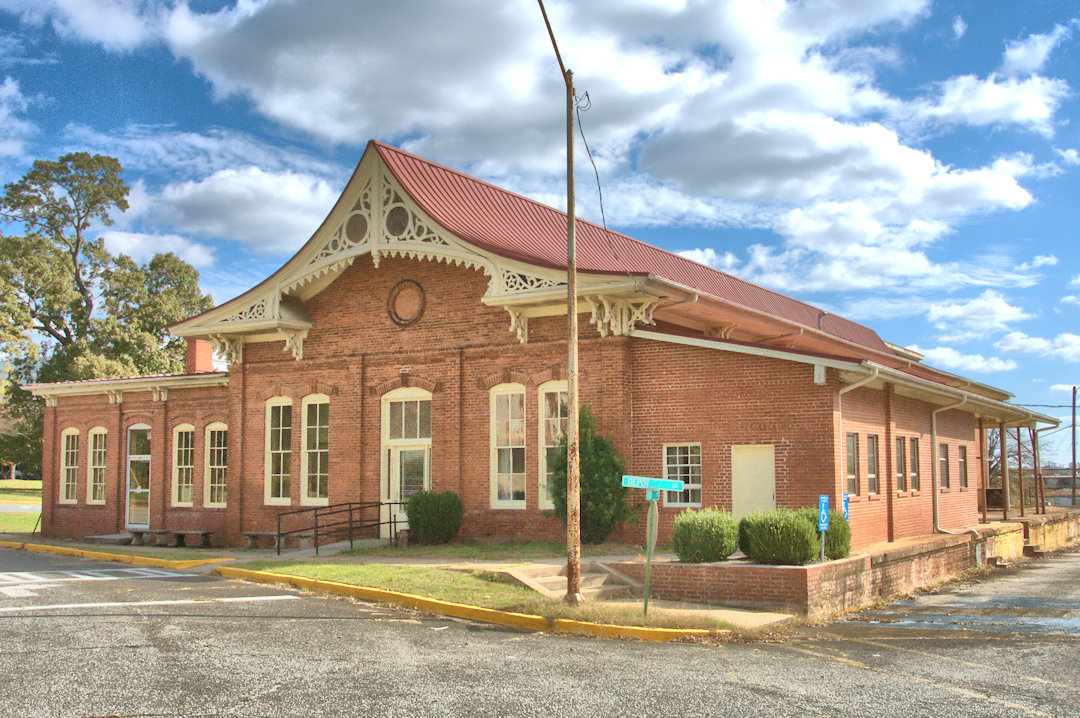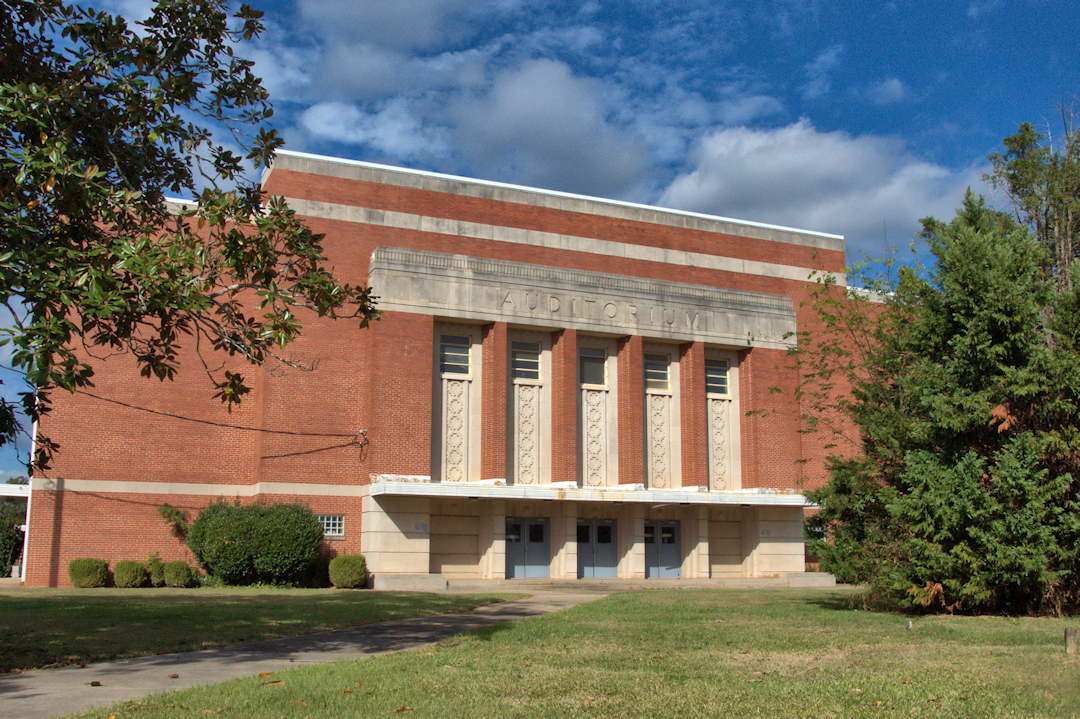
Citing dangerous conditions and ongoing issues with trespassing, the state of Georgia plans to demolish the Walker, Jones, and Green buildings, and the wash house on the historic campus of Central State Hospital. Strangely, the old prison buildings near the cemetery, which appear to be the most dangerous structures on the property, aren’t included in the order. The governor has signed off on the demolition request from the state’s behavioral health board and work could begin as soon as this fall. The iconic Powell Building and restored depot will remain.
A spokesperson for the Department of Behavioral Health and Developmental Disabilities told the Milledgeville Union-Recorder: “First, we understand the connection the community has with Central State Hospital and the concern community members have over the protection of the property,” DBHDD communications director Ryan King said in an email response. “DBHDD explored in-depth the alternatives on these properties. Ultimately, it was determined that demolition was the only viable option to mitigate the significant and potentially deadly risk these buildings pose to the public and to create a path for the property to be revitalized.”
“In attempts to breathe life back into the Central State Hospital campus through reinvestment and partnerships, the intention is to demolish the Wash House, Walker, Green and Jones buildings. It’s important to understand the Powell Building will remain intact and serve as a centerpiece in potential reinvestment and redevelopment plans.“
Several preservation groups have spoken out against the plan, including the Georgia Trust for Historic Preservation and the Atlanta Preservation Council. Milledgeville’s Convention and Visitors Bureau leads trolley tours of the property and numerous visitors pass through the grounds with cameras on a regular basis. Most of these people aren’t breaking any laws as exterior photography is allowed, but urban explorers who trespass inside these dangerous structures are the source of concern.













